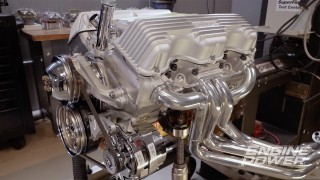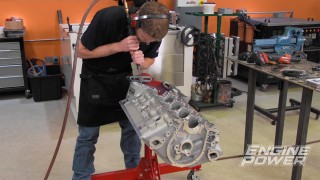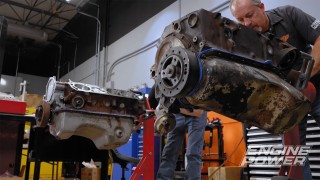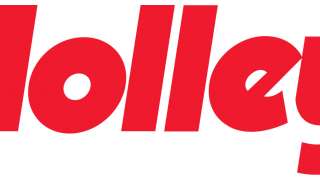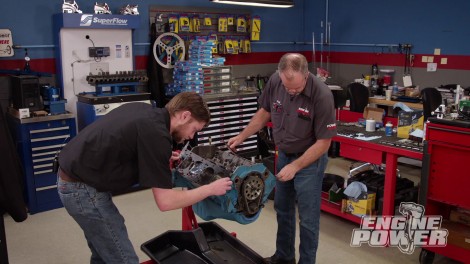
Can a Stock Cast SBC Crank live at 7000 RPM and 570+ HP?
E85 fuel promises high-octane performance for almost any engine. We put it to the test in our revamped 360ci “Compression Obsession” Small Block Chevy.
Season 10
Episode 1
Hosts: Pat Topolinski, Frankie Forman
First Air Date: January 30, 2023
Duration: 21 minutes 27 seconds




